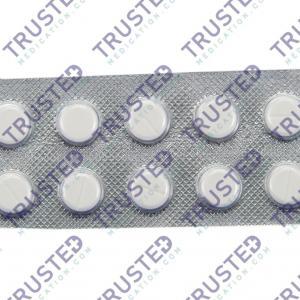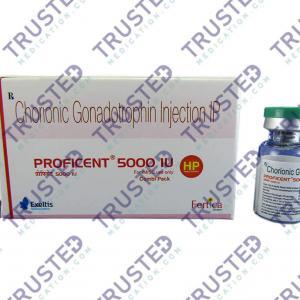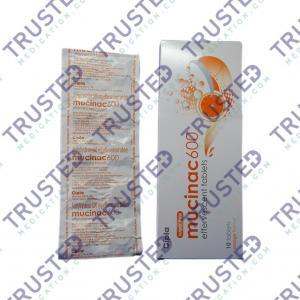
The progressive loss of a particular type of neuron cells in the brain causes Parkinson’s disease. This results in a shortage of the dopamine chemical messenger essential for controlling the body’s motor functions. Because movement disorders are not all treated the same way, it is vital to get a proper diagnosis as early as possible so you can formulate the right treatment plan with your doctor.
Recommended medication for Parkinson’s disease:
- Ropinirole Hydrobromide is an oral prescription medication used to treat Parkinson’s disease and restless legs syndrome. This drug belongs to the group of dopamine agonists. Dopamine is a natural substance in the brain necessary for proper brain functioning. It helps the brain to control body movements. It lowers shakiness and stiffness. It helps the body in controlling movements.
Parkinson’s Disease vs. Tourette’s Syndrome: What is the Difference?
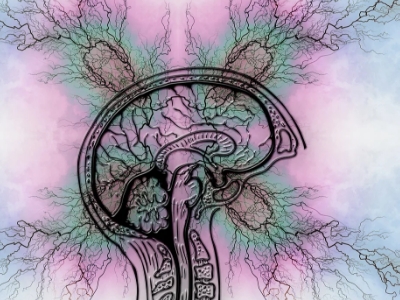
Parkinson’s disease is a crippling neurodegenerative disorder, manifested in about 1% of the aged population. People with the disease may lose control of their movements, tremor, slow movement, stiffness, difficulty walking, and loss of balance. Evidence strongly suggests that Parkinson’s disease is the result of severe cell loss in the substantia nigra. This brain structure is principally involved in the production of dopamine. Dopamine, among other functions, is the neurotransmitter involved in initiating movement. Hence, the link between dopaminergic cell loss and cessation of voluntary movement, as manifested in Parkinson’s disease, seems established. Potentially, a marked excess, or increase in effectiveness, of dopamine will lead to a loss of control of movement, just as a shortage of dopamine will. However, in the former case, movement should be involuntarily manifested. If such manifestations were observed, it would be interesting to see if, in fact, dopamine excess, or dopamine at all, plays a role.
Indeed, involuntary movements, commonly referred to as tics, are the primary symptoms of Tourette’s Syndrome. The Syndrome is a complex neurobehavioral disorder characterized by motor tics. Tourette’s Syndrome should result from increased dopamine or enhanced dopamine effects in the relevant areas of the brain. Surely enough, research on the basal ganglia, namely the striatum and the caudate nucleus, has revealed that dopamine impacts these areas more prominently in Tourette’s patients than in unaffected controls. The increased dopamine effect in Tourette’s patients may be due to two mechanisms. One, the patients may produce more dopamine. Hence, their receptors are over-stimulated, leading to excessive neuronal firing leading to involuntary movements. Research surrounding dopamine binding in implicated brain structures yielded that binding to D2 dopamine receptors in the caudate nucleus was higher in the sibling with the more severe symptoms. Strikingly, the degree to which the twins differed in this caudate D2 binding predicted almost absolutely their difference in tic severity. Hence, the study supports the role of dopamine and explicates why Tourette is subject to increased dopamine effects.
Parkinson’s Disease vs. Dystonia: What is the Difference?
Symptoms of dystonia and Parkinsonism can occur in the same patient because both movement disorders seem to arise from the involvement of the basal ganglia in the brain. Many disorders can cause both Parkinsonism and dystonia, and some of these disorders include features of both Parkinsonism and dystonia.
In the parkinsonian disorder known as Parkinson’s disease, certain features of the disease can be thought of as a form of dystonia. These features include postural changes in the hands, feet, and neck. These partial changes are so common that most physicians consider them as part of Parkinson’s disease and do not consider them to be a form of dystonia that has developed on top of Parkinsonism. In parkinsonian syndromes such as progressive supranuclear palsy, certain features of dystonia may appear.
Parkinson’s Disease vs. Cerebral Palsy: What is the Difference?
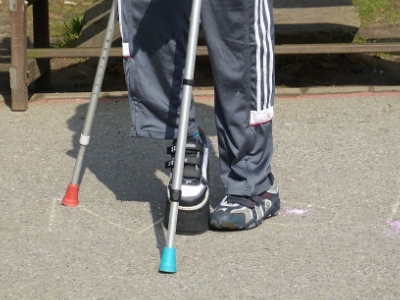
People with Parkinson’s and cerebral palsy alike may suffer from a condition called fasciculation. It is a slight and local involuntary muscle twitch that may be idiopathic in most people. Most people who go through instances of stressful periods may get these muscle cramps.
As you may know, people born with cerebral palsy may experience fasciculation quite often. Many people automatically associate this muscle twitch with Parkinson’s disease, and the confusion lies herein.
To further separate the two disorders, remember that cerebral palsy is a motor neuron disorder due to damage to the developing brain. People who have cerebral palsy suffer brain damage during delivery or shortly after birth. Parkinson’s is a degenerative disorder that usually manifests much later in life.
Parkinson’s Disease vs. Restless Leg Syndrome: What is the Difference?
Restless legs syndrome (RLS) is a common problem for people with Parkinson’s, but it can also be a different condition unrelated to Parkinson’s.
It can be mild or more severe, based on the strength of the symptoms, how often you experience them, and if they affect your ability to carry out daily tasks. Although RLS can emerge at any age, it tends to get more severe as you age. Overall, between 4-10% of US people experience RLS, which is more common in women than men.

